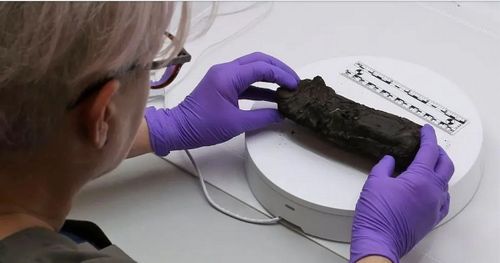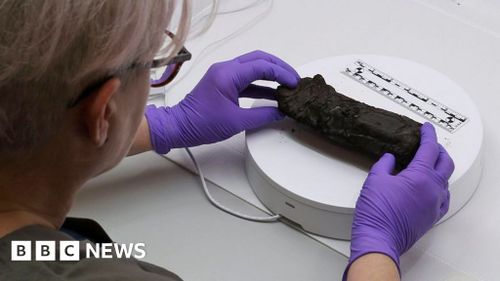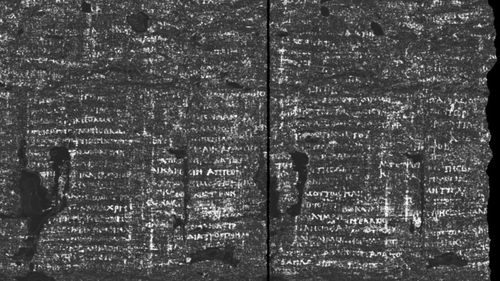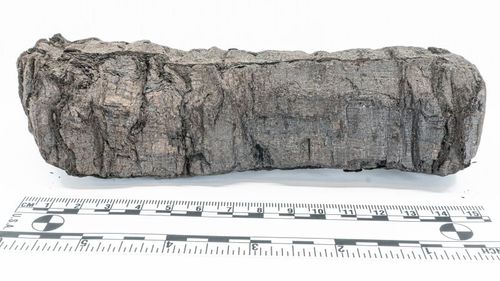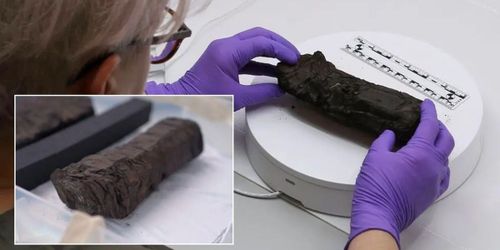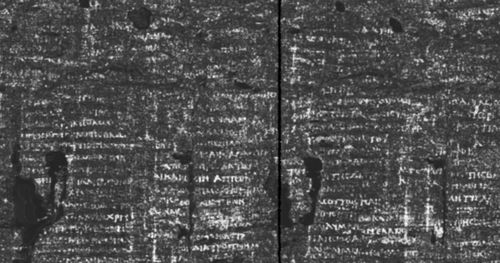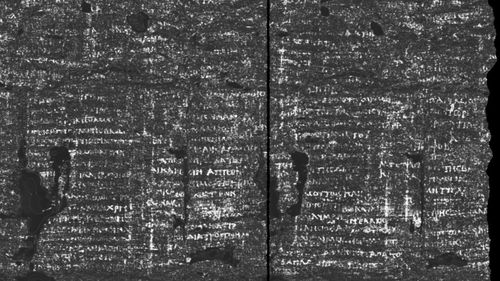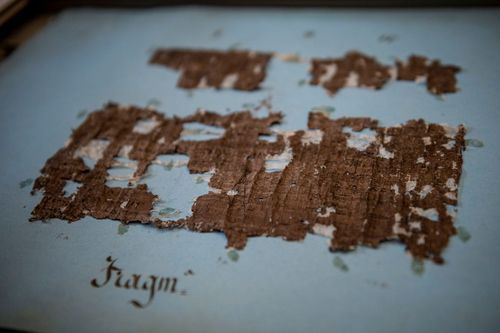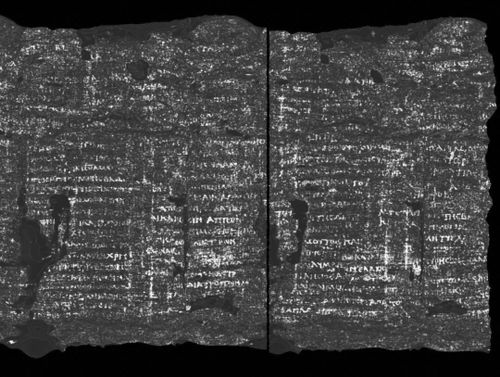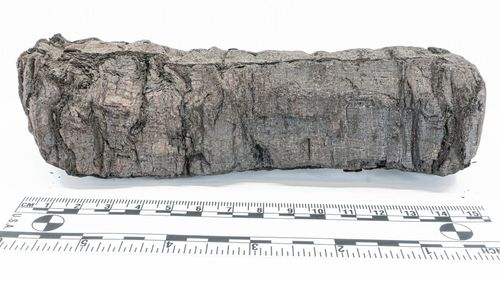First words decoded from burnt scrolls that haven’t been read in nearly 2,000 years
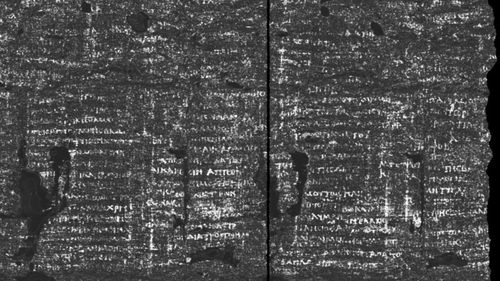
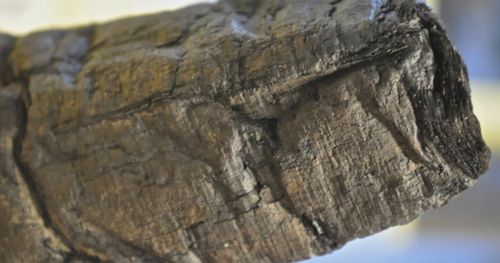
The Herculaneum scrolls have remained one of the many tantalizing mysteries of the ancient world for almost 2,000 years. Burnt to a crisp by lava from Mount Vesuvius in A.D. 79, the reams of rolled-up papyrus were discovered in a mansion in Herculaneum — an ancient Roman town near Pompeii — in the mid-18th century. Both towns were decimated by the Vesuvius eruption, and most of the scrolls were so badly charred they were impossible to open. Over the next two and a half centuries, attempts were made to unfurl some of the hundreds of scrolls using everything from rose water and mercury to vegetable gas and papyrus juice, according to the New Yorker. The few that could be opened were philosophical texts written in ancient Greek. But most of the scrolls were so badly damaged, they were considered illegible. More recently, researchers managed to decipher some select words using artificial intelligence, X-ray and CT scans to distinguish ink from the papyrus it was printed on.
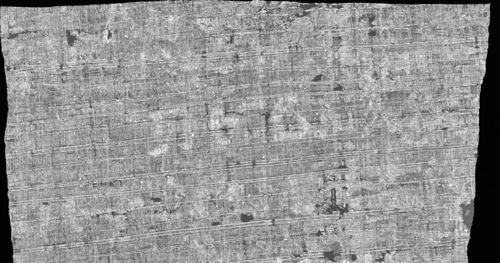
Scientists have digitally "unwrapped" a 2,000-year-old charred scroll from the Roman town of Herculaneum - providing the first glimpse inside the ancient document since it was buried by Mount Vesuvius's eruption in 79AD.
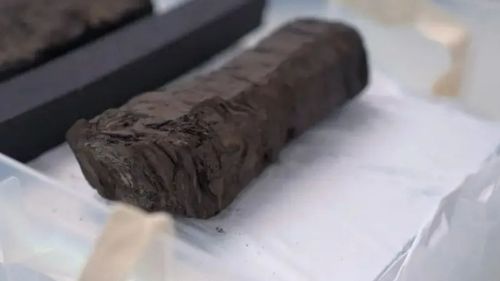
A burnt Roman scroll has finally been unwrapped for the first time in 2,000 years. The document from the Roman town of Herculaneum has been too fragile to be opened after becoming charred by Mount Vesuvius in 79AD. But now boffins have used a combination of X-ray imaging and artificial intelligence to "digitalling" unfurl it to reveal rows and columns of text. The Vesuvius Challenge team, an international competition attempting to unlock the Herculaneum scrolls, are now working hard to decipher its contents. Stephen Parsons, Vesuvius Challenge project lead, said: "We're confident we will be able to read pretty much the whole scroll in its entirety. It's the first time we've really been able to say that with high confidence." "We can tell the entire scroll is full of text," Mr Parsons said. "Now we can work on making it show up more clearly. We're going to go from a handful of words to really substantial passages." Hundreds of carbonised scrolls were discovered in Herculaneum, which was buried beneath volcanic ash. Some of them were prised open but they crumbled into pieces.

